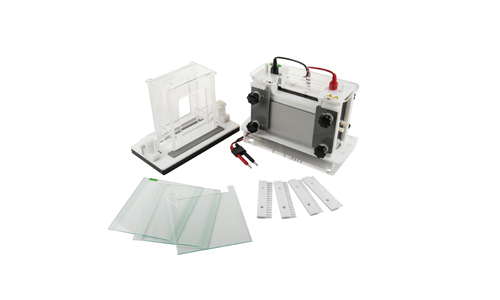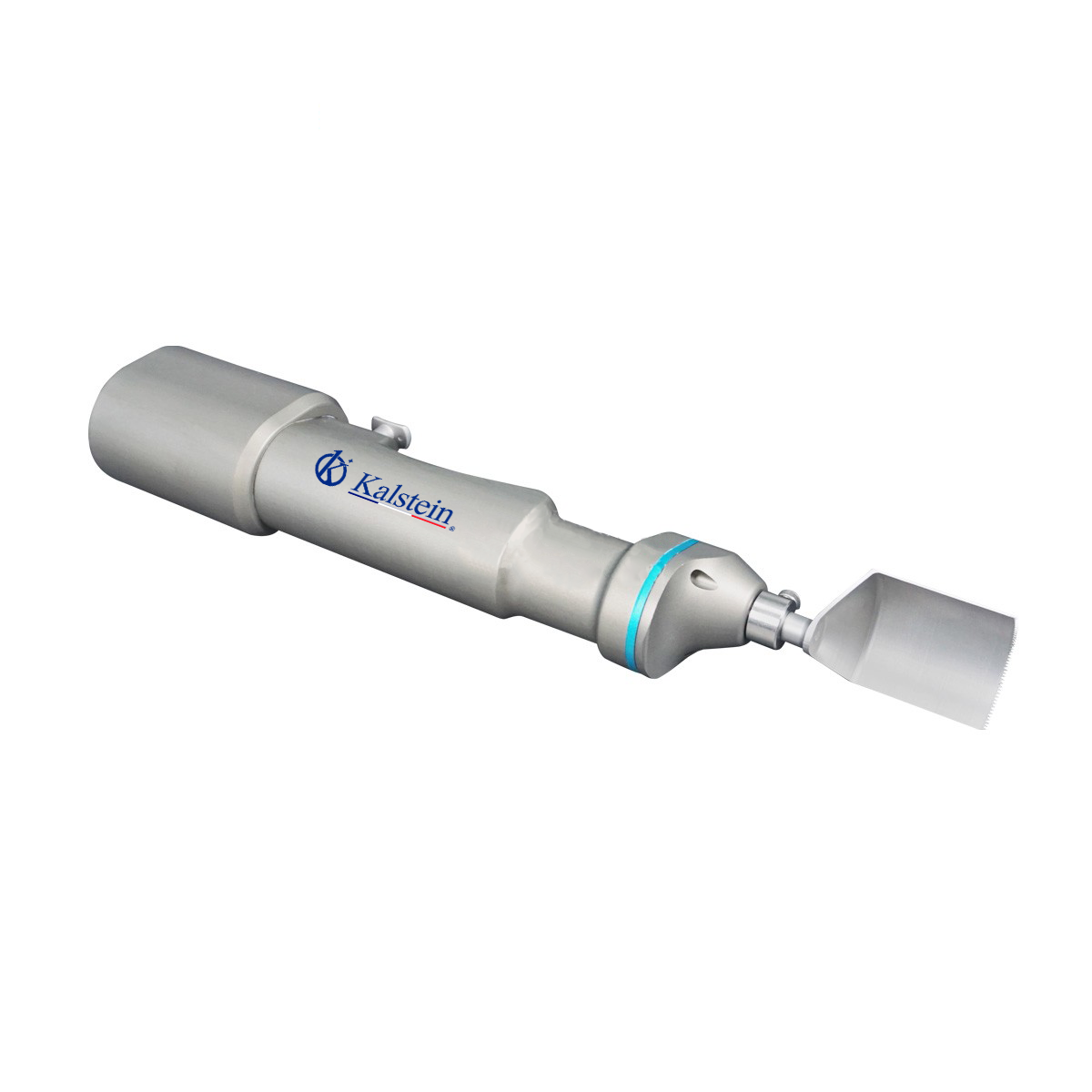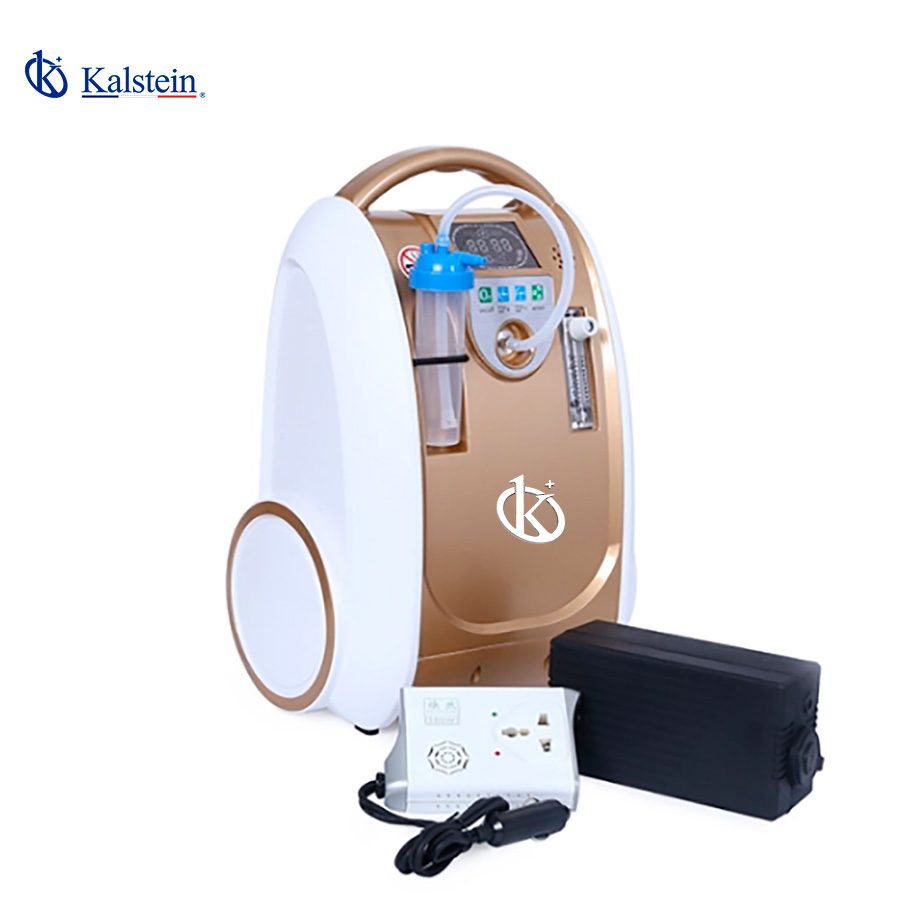Transilluminators are essential tools in molecular biology and biochemistry laboratories, facilitating the visualization of DNA, RNA, and proteins through the emission of ultraviolet or LED light. Modern transilluminators, especially those using LED technology, offer greater precision and safety for staff, avoiding prolonged exposure to harmful ultraviolet (UV) light. Below, we will explore Kalstein’s transilluminators, their features, and their benefits compared to other products on the market.
Transilluminators, Kalstein Brand
I have had the opportunity to work with various Kalstein transilluminators on different molecular research projects, and I must say that they are an essential tool for ensuring accurate visualization of nucleic acids and proteins. Kalstein has managed to create robust and versatile equipment that stands out for its quality and efficiency, facilitating key processes in biotechnology laboratories, hospitals, and research centers.
One of the most notable aspects of Kalstein transilluminators is their LED technology, which provides clear visualization of DNA and protein bands without the risk of UV radiation damage to users. This not only improves lab safety but also extends the equipment’s lifespan. Additionally, Kalstein is known for offering user-friendly products, with an intuitive design that allows technical staff to achieve optimal results without complications.
Kalstein transilluminators also have the advantage of being highly compatible with various gel documentation systems, making them a key piece of equipment for any laboratory working with techniques such as agarose gel electrophoresis.
Features of Transilluminators
Kalstein transilluminators stand out for several features that make them superior in the market. Below are some of the most relevant:
-
Advanced LED technology: Unlike traditional transilluminators that use UV light, Kalstein’s equipment uses high-powered LEDs, allowing clearer and safer visualization of gels. This not only protects users’ health but also minimizes the degradation of DNA and RNA.
-
Adjustable intensity: Kalstein transilluminators offer different levels of light intensity, allowing visualization to be adapted depending on the type of gel or sample being worked with. This is especially useful when working with samples of varying thickness or sensitivity.
-
Large viewing surface: One of the main advantages of these devices is the viewing surface, which allows large areas of gel to be observed, optimizing analysis time and avoiding the need to cut samples.
-
Compact and lightweight design: Despite their power, Kalstein transilluminators are compact and lightweight, making them easy to handle and transport within the laboratory. This feature is ideal for laboratories with limited space.
-
Compatibility with documentation cameras: Kalstein transilluminators are easily compatible with documentation camera systems, allowing high-resolution images of gels to be taken for later analysis.
These features make Kalstein transilluminators an excellent choice for both small laboratories and large research centers looking for high-quality, high-performance equipment.
Why Do Transilluminators Have This Price?
The price of Kalstein transilluminators is directly related to the quality and advanced technology they incorporate. While there are cheaper transilluminators on the market, Kalstein’s offer several advantages that justify their long-term investment.
One of the main factors influencing the price is LED technology. This type of lighting, while more expensive than conventional UV light, offers a much longer lifespan and reduces the risks of exposure to ultraviolet radiation. Additionally, LED technology minimizes sample degradation, ensuring greater accuracy in results.
Another factor justifying the price of Kalstein transilluminators is their robust and durable design. These devices are designed to withstand continuous use in laboratories, reducing the need for frequent maintenance or replacement. While the initial investment may seem high, the durability and long-term cost savings make it a more profitable option.
Finally, compatibility with other equipment, such as gel documentation systems, increases their value, as they allow complete integration into laboratory workflows, improving efficiency and reducing analysis times.
Comparing Transilluminators with Similar Products
In the transilluminator market, there are several brands offering quality products. However, after comparing Kalstein transilluminators with those from Bio-Rad and UVP, I’ve noticed some key differences.
-
Bio-Rad: This brand is widely known in the molecular biology world and offers both traditional UV and LED options. However, Bio-Rad models are often significantly more expensive than Kalstein’s, without offering a significant advantage in terms of technology or safety. Although Bio-Rad is a well-recognized brand, Kalstein offers excellent value for money.
-
UVP: UVP offers a range of transilluminators that also include LED technology. However, UVP equipment tends to be less ergonomic and bulkier than Kalstein’s, which can be an issue for laboratories with limited space. Additionally, UVP transilluminators tend to be less energy-efficient compared to Kalstein’s.
-
Cleaver Scientific: Another popular brand, Cleaver focuses more on UV transilluminators. While they offer good visualization quality, Cleaver’s LED technology devices tend to be less affordable than Kalstein’s, which may be a key factor for laboratories with tighter budgets.
In conclusion, Kalstein transilluminators offer an ideal combination of advanced technology, safety, and competitive pricing, making them an excellent option compared to other brands on the market.
Pros and Cons of Transilluminators
|
Pros |
Cons |
|
Safe LED technology for users |
Higher initial investment compared to traditional UV transilluminators |
|
Clear and precise visualization of DNA and proteins |
May not be necessary for laboratories with less demanding applications |
|
Large viewing surface |
Requires more space in the lab compared to smaller models |
|
Compatible with gel documentation cameras |
Some models may be expensive for laboratories with limited budgets |
|
Low maintenance and high durability |
LED part replacements can be more expensive |
|
Compact and easy to transport |
Advanced configurations may require additional training |
|
Adjustable light intensity |
Lower availability of spare parts in certain markets |
|
Reduces sample degradation thanks to LED technology |
Longer delivery times may occur due to high demand |
Advantages of These Transilluminators
One of the main advantages of Kalstein transilluminators is their safety. Unlike conventional UV transilluminators, Kalstein’s devices use LED lights that do not emit harmful radiation, protecting both users and samples. This technology also prevents nucleic acid degradation, ensuring greater accuracy in the visualization of DNA and protein bands.
Another key advantage is the versatility of these transilluminators. Kalstein’s devices are compatible with a wide variety of documentation cameras and analysis systems, making them an indispensable tool for laboratories that need to perform rapid and accurate analyses.
Other Benefits of Transilluminators
In addition to the mentioned advantages, Kalstein transilluminators offer additional benefits that should not be overlooked. One of these is their low energy consumption. LED technology is highly energy-efficient, not only reducing operating costs but also contributing to a greener laboratory environment.
Another important benefit is their ease of use. Kalstein transilluminators are designed with an intuitive interface that makes setup and handling easy, making them accessible to technical staff with varying levels of experience. Additionally, their compact design allows installation in laboratories with limited space.
Opinions on Transilluminators
User feedback on Kalstein transilluminators is mostly positive. Users highlight the clarity of visualization provided by LED technology, as well as the safety provided by eliminating the risk of UV radiation exposure. Many laboratories also appreciate the durability of the equipment, allowing continuous use without the need for frequent replacement.
Another advantage mentioned in reviews is the compatibility with documentation systems. Kalstein transilluminators easily integrate with high-resolution cameras, facilitating the capture of clear and detailed images for the documentation and analysis of results.
Frequently Asked Questions
What is the main advantage of LED transilluminators over UV light transilluminators?
LED transilluminators do not emit harmful UV radiation, making them safer for users and reducing sample degradation, ensuring more accurate results.
Can these transilluminators be used to visualize different types of gels?
Yes, Kalstein transilluminators are compatible with a wide range of gels, including agarose and polyacrylamide gels, making them a versatile tool for various experiments.
Is it complicated to install transilluminators in the laboratory?
No, Kalstein transilluminators have a compact and easy-to-install design, so no special tools or advanced technical knowledge are required to get them up and running.
What is the lifespan of the LEDs in these devices?
The LEDs in Kalstein transilluminators have an extremely long lifespan compared to UV lamps, reducing maintenance and replacement costs in the long run.
Does Kalstein offer technical support for these transilluminators?
Yes, Kalstein offers comprehensive technical support to ensure that their equipment operates optimally at all times. They also provide warranties covering possible manufacturing defects.
Is it possible to integrate transilluminators with other laboratory equipment?
Absolutely. Kalstein transilluminators are designed to be compatible with documentation systems and other molecular analysis equipment, facilitating integration into laboratory workflows.
Conclusion on These Transilluminators
In summary, Kalstein transilluminators are an excellent investment for laboratories looking for high-precision, safety, and efficiency equipment. Thanks to their LED technology, they offer clear, risk-free visualization of samples, improving the quality of analyses and optimizing laboratory work. Additionally, their durability and low energy consumption make them a cost-effective option in the long term.
If you’re looking for superior-quality medical equipment to enhance your laboratory’s efficiency, I invite you to visit https://kalstein.co.uk/category-product/laboratory-line/transilluminator/ and explore our high-end product catalog. Kalstein stands out for innovating and manufacturing precision, durable, and reliable equipment designed to meet the needs of modern laboratories. Don’t wait any longer to step into the future of medical technology. Make your online purchase quickly and securely today. https://kalstein.co.uk/




